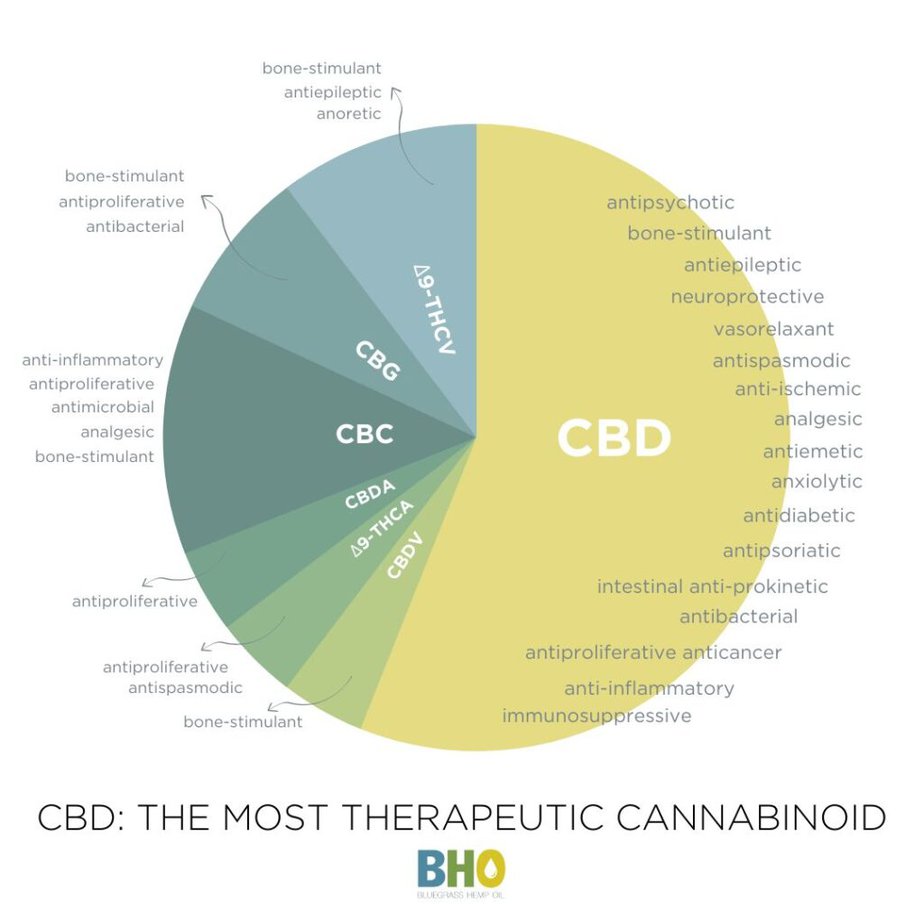Your Endocannabinoid System The Basics Part 2
Adriane Polyniak and Jessica Charles, co-hosts of The Full Spectrum Living with CBD show, continue to discuss the endocannabinoid system. They quickly get into the different parts of the Endocannabinoid System. Gain valuable insight into how CBD or THC might interact with receptors in your body.
The ladies explore different cannabinoids, such as CBD or THC. Learn what impact phytocannabinoids and endocannabinoids may have on other bodily processes.
Watch and learn about the chemical reactions that govern human physiology and how this sensitive balance can be affected by external forces such as lifestyle choices or medicinal treatments.


More information about what was discussed in Full Spectrum Living With CBD Episode 6
The Dangers of Synthetic Cannabinoids: Deaths and Negative Research
The dangers of synthetic cannabinoids are becoming increasingly well-known, as deaths and research have begun to demonstrate the negative impacts of these drugs. Synthetic cannabinoids include Delta-8, Isolated CBD, Epidiolex, Marinol, dronabinol, K2 and Spice. All of these drugs are isolated and/or synthetic versions of the natural cannabinoid compounds found in cannabis plants, which can create far more powerful effects than their natural counterparts. The CBD market has become flooded with many products that contain these fake cannabinoids. Read more here about this growing problem.

What are Cannabinoids and What are the Top Cannabinoids in Cannabis?
Cannabinoids are chemical compounds that naturally occur in the cannabis plant (Cannabis sativa). The most notable of these are tetrahydrocannabinol (THC) and cannabidiol (CBD). These compounds can be used to treat many ailments and diseases, including cancer, diabetes, autoimmune disorders, chronic pain and inflammation, among others. Since the early 1900s, cannabinoids have been studied by researchers all around the world, looking to determine their potential medical applications. Continue here for what you should know about these amazing compounds called cannabinoids.
Terpenes
What are Cannabis Terpenes
Firstly, What are Terpenes, Terpenes are a large family of molecules found in plants. They give plants their smell and flavor and often have biological effects on humans when inhaled or consumed in small amounts. Some examples of terpenes include limonene (lemon), pinene (pine), and myrcene (clove).
The Cannabis plant contains over 100 different terpenes but the most abundant are Myrcene, Pinene, Limonene, Linalool, Caryophyllene, and β-caryophyllene. These all have different effects on people depending on how much they consume. For example, Myrcene helps with sleep while Pinene helps with memory retention.
Terpenes are the aromatic oils found in plants. They give fruits and vegetables their unique smells, as well as help protect them from environmental damage. Some examples of plants containing terpenes include lemon trees, pine trees, and cannabis plants! Learn about Terpenes here.


How to take CBD Oil?
The standard dose for CBD oil is 10mg twice daily, placing the oil under the tongue and waiting 20 – 30 seconds before swallowing. This means that you should take 20mg of CBD in total daily to start. If you find that you are taking the maximum dosage but are still not feeling the desired effects, try doubling your intake to 40mg. The key is to listen to your body and see how much CBD it needs.
CBD interacts with receptors throughout the endocannabinoid system (ECS) – a vast network of neurotransmitters, chemicals, and hormones that regulate a variety of processes within the body. Dosing CBD can be difficult because it does not act as either a stimulant or depressant; so different people will have different responses. You may need more or less CBD than others depending on your lifestyle and situation. Continue here for more information about How to take CBD Oil.
PubMed
Another Place to research is the National Library of Medicine, PubMed. Per the Pubmed website, PubMed® comprises more than 34 million citations for biomedical literature from MEDLINE, life science journals, and online books. Citations may include links to full-text content from PubMed Central and publisher web sites.
On the PubMed website if one wanted to search for topics related to the Endocannabinoids System some good search options would include;
Google Scholar is a great research resource.
What to do research on your own? Google Scholar is a great starting point. Go to the main Google Scholar Page Here. For an interest like the current Full Spectrum Living With CBD episode on the Endocannabinoid System a search like Cannabis and Endocannabinoid system is good. One could also use the search term cannabidiol and endocannabinoid system. Starting here you are just about assured you will find a infomation.





